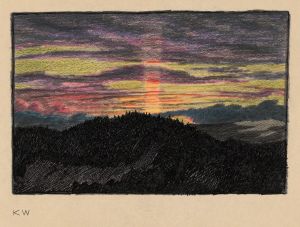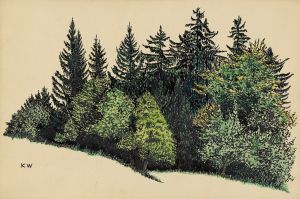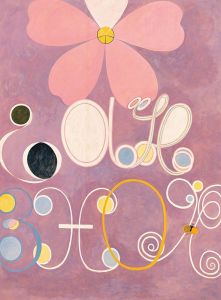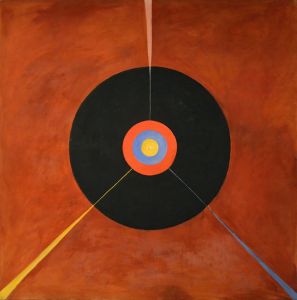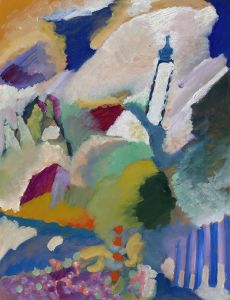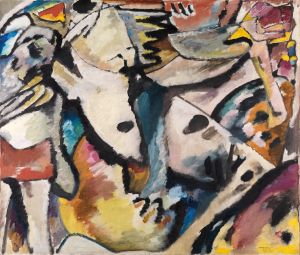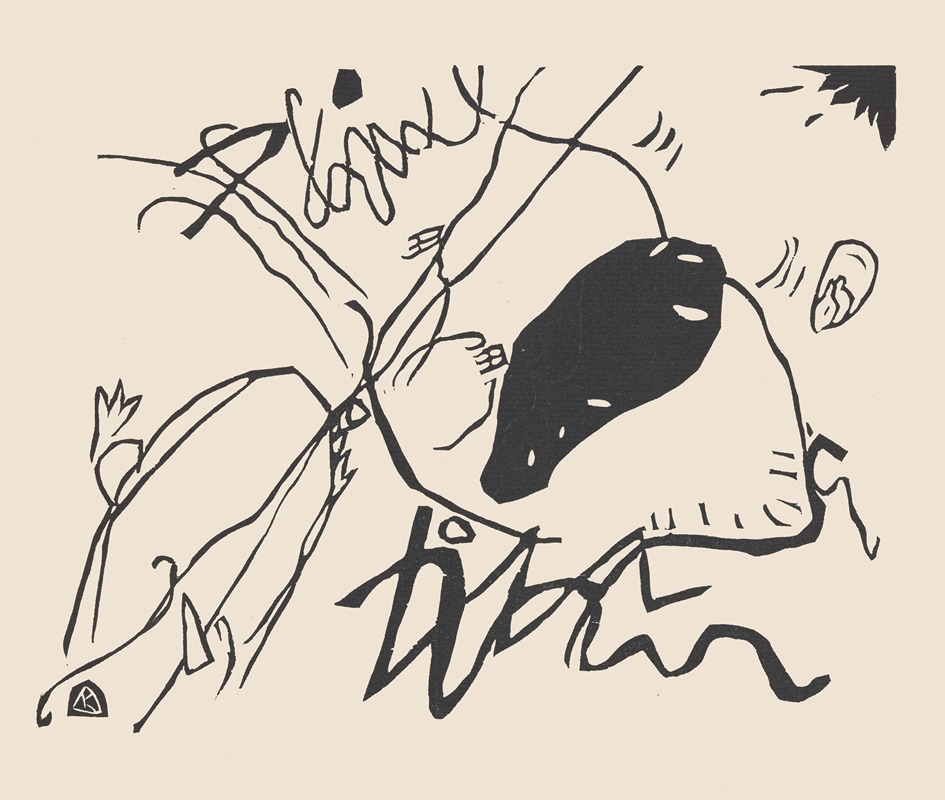
Klänge Pl.02
A hand-painted replica of Wassily Kandinsky’s masterpiece Klänge Pl.02, meticulously crafted by professional artists to capture the true essence of the original. Each piece is created with museum-quality canvas and rare mineral pigments, carefully painted by experienced artists with delicate brushstrokes and rich, layered colors to perfectly recreate the texture of the original artwork. Unlike machine-printed reproductions, this hand-painted version brings the painting to life, infused with the artist’s emotions and skill in every stroke. Whether for personal collection or home decoration, it instantly elevates the artistic atmosphere of any space.
Wassily Kandinsky, a pioneering figure in abstract art, created "Klänge Pl.02" as part of his exploration into the relationship between visual art and music. Kandinsky, born in Moscow in 1866, was deeply influenced by his synesthetic experiences, where he could perceive colors and shapes as sounds. This unique perception played a significant role in his artistic development and theoretical writings.
"Klänge" (meaning "Sounds" in German) is a collection of woodcuts and prose poems published by Kandinsky in 1913. This work is considered one of the most important precursors to modern abstract art, showcasing Kandinsky's transition from figurative to abstract forms. The collection includes a series of prints, with "Pl.02" being one of them. Each piece in "Klänge" is designed to evoke a sensory response similar to that of music, emphasizing rhythm, harmony, and emotional resonance.
In "Klänge Pl.02," Kandinsky employs his signature abstract style, characterized by bold colors, geometric shapes, and dynamic compositions. The piece reflects his belief in the spiritual and emotional power of art, a concept he elaborated on in his influential book "Concerning the Spiritual in Art," published in 1911. Kandinsky argued that art should transcend mere representation and instead convey deeper emotional and spiritual truths.
The woodcut technique used in "Klänge" allowed Kandinsky to experiment with texture and contrast, enhancing the visual impact of his abstract forms. This method also reflects his interest in traditional printmaking techniques, which he adapted to suit his modernist vision. The interplay of light and dark in "Pl.02" creates a sense of movement and depth, inviting viewers to engage with the artwork on an intuitive level.
Kandinsky's work during this period was heavily influenced by the avant-garde movements of the early 20th century, including Expressionism and Fauvism. His interactions with other artists and intellectuals, such as Franz Marc and the members of the Blaue Reiter group, further shaped his artistic philosophy. The Blaue Reiter, co-founded by Kandinsky in 1911, was a collective that sought to promote modern art and explore the spiritual dimensions of artistic expression.
"Klänge Pl.02" exemplifies Kandinsky's innovative approach to art, where he sought to break free from the constraints of traditional representation. By focusing on the emotional and spiritual aspects of art, Kandinsky paved the way for future generations of abstract artists. His work continues to inspire and challenge viewers, encouraging them to explore the connections between visual art and other sensory experiences.
In summary, "Klänge Pl.02" is a testament to Wassily Kandinsky's pioneering role in the development of abstract art. Through his use of color, form, and technique, Kandinsky created a visual language that transcends traditional artistic boundaries, inviting viewers to experience art in a new and profound way.





